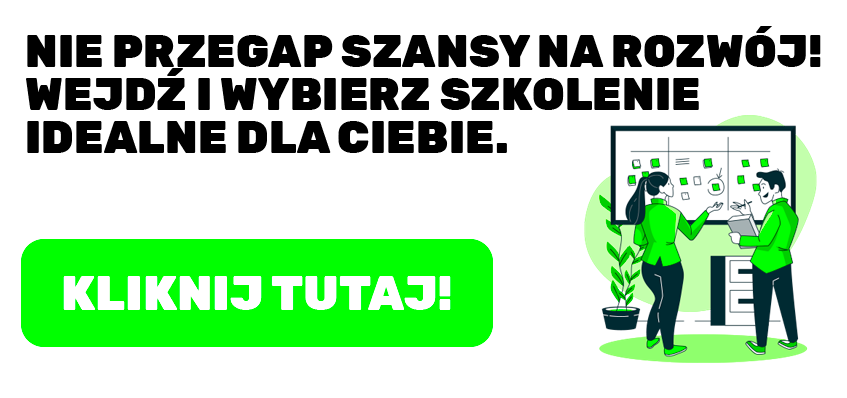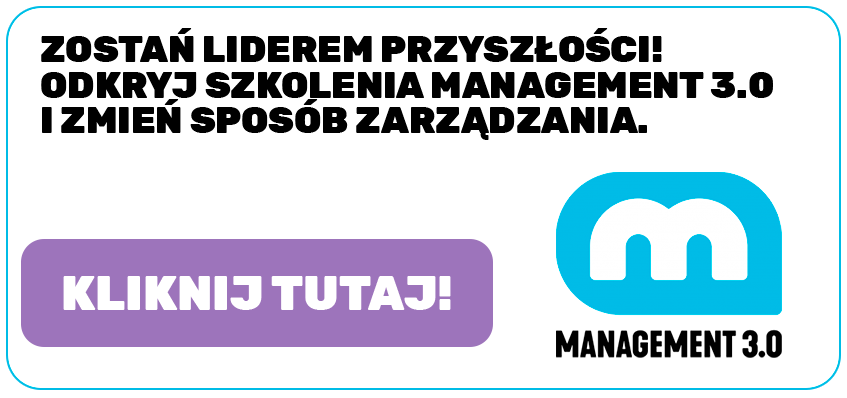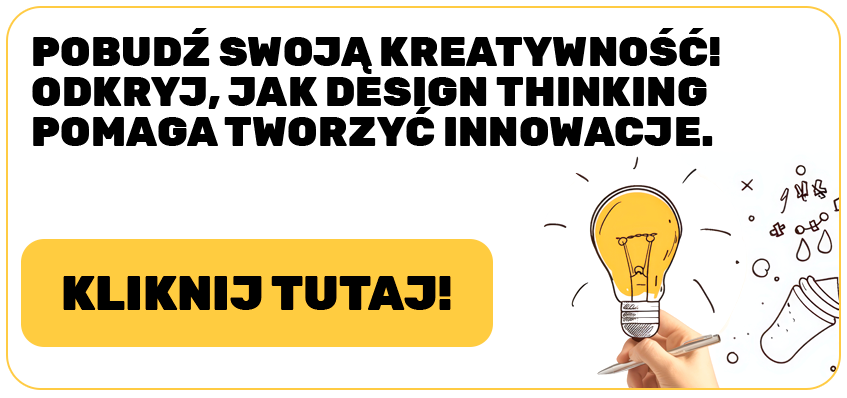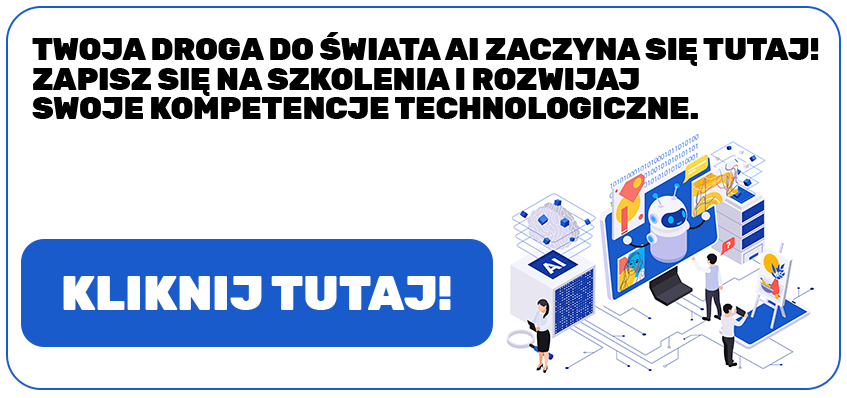Management 3.0 is a management concept that revolutionizes the traditional approach to working and managing teams. Management 3.0 offers numerous tools and practices to assist in managing teams and organizations. Here are some examples:
Delegation Poker
Delegating is a key skill in today's business world. It means not only delegating tasks, but also giving team members responsibility and authority to make decisions and ownership of their tasks and decisions. Delegation Poker it is the very tool that helps teams and leaders understand and establish expected levels of autonomy and responsibility.
Delegation Poker is a card game designed to facilitate discussions and negotiations regarding delegation within a team or organization. The game utilizes decks of cards, each representing a different level of authority to delegate, ranging from "Tell" (the lowest level of delegation) to "Delegate" (the highest level of delegation) - see below:
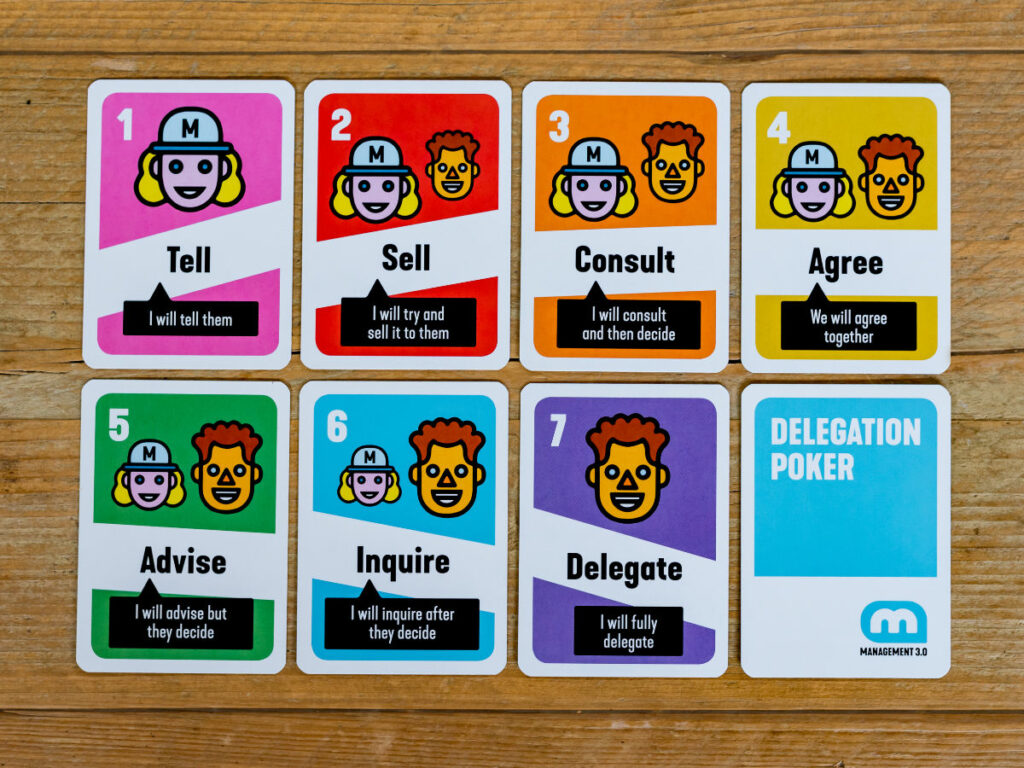
Delegation Poker brings many benefits to both leaders and teams:
- Clarity: The game helps eliminate confusion about the level of delegation in specific tasks or projects.
- Increased trust: Game participants have the opportunity to express their preferences and expectations, which helps build trust between team members and the leader.
- Team development: Delegation Poker promotes team members' independence and responsibility, which can accelerate their professional development.
- Clarity: The game makes understanding the level of delegation more transparent, making it easier to make decisions and act based on clear guidelines.
Delegation Poker is also available in a remote work version as a template in Miro.
Personal Map
Personal Map as utilized in Management 3.0, is a tool used to visualize the goals, values and personal and professional perspectives of team members. This is a type of diagram that allows you to better understand what is important to each person, what goals they want to achieve and what values guide their actions. Personal Map helps create bonds between team members. It strengthens their understanding of each other. But how to do this in practice? Here is a step by step example:
- Defining areas of life: The team determines the key areas of life and work that they want to include in their Personal Maps. These may include, among others: career, professional development, family life, passions, values, short- and long-term goals, etc.
- Creating a diagram: Each team member creates a diagram that represents these areas and what goals, values, or priorities are associated with each one. These diagrams are often colorful and contain symbols, images or keywords.
- Team discussions: After creating a Personal Map, team members share their diagrams and talk about their goals, values and motivations. This is a moment of deep reflection and mutual understanding.
- Joint analysis: The team can also analyze together to understand the extent to which team members' goals and values align or differ. This can lead to a better understanding of each other and identification of areas for further cooperation.
Now, to better understand what I'm writing about, let's delve into a step-by-step example. Please take a look at my personal map below. Do you feel like you're getting to know me a little better? If you have questions about what certain phrases mean or would like to understand what I meant, that's what the personal map is all about - safe self-discovery and sharing who I am and what I feel.

Personal Map is a good tool when a team is new, is being formed, and is starting to work together. It can also be a great tool for a manager to learn the motivators and values of his team members. It can also be further used as an element of gamification when the team already knows each other well - then we can, for example, hide the name of a team member and, by showing only the description, ask who this person is.
The Personal Map technique has many benefits:
- Understanding each other: Personal Map helps team members better understand each other, including each person's goals, values and priorities.
- Strengthening culture: This tool supports a culture of openness, trust and cooperation in the team.
- Better communication: Personal Map facilitates communication, so teams can collaborate and resolve conflicts more effectively.
- Development management: Thanks to Personal Map, development management becomes more personalized and tailored to the needs of each team member.
- Visualization of goals: A visual representation of goals and values helps you more easily track your progress and motivation to achieve them.
Personal Map is also available in a version for remote work as a template in Miro.
Moving Motivators
Moving Motivators is a tool that helps you discover what really motivates people in the workplace. This tool is based on ten motivators Jurgen Appelo taken from works by Daniel Pink, Steven Reiss and Edward Deci and Richard Ryan.
Here is a list of ten motivators:
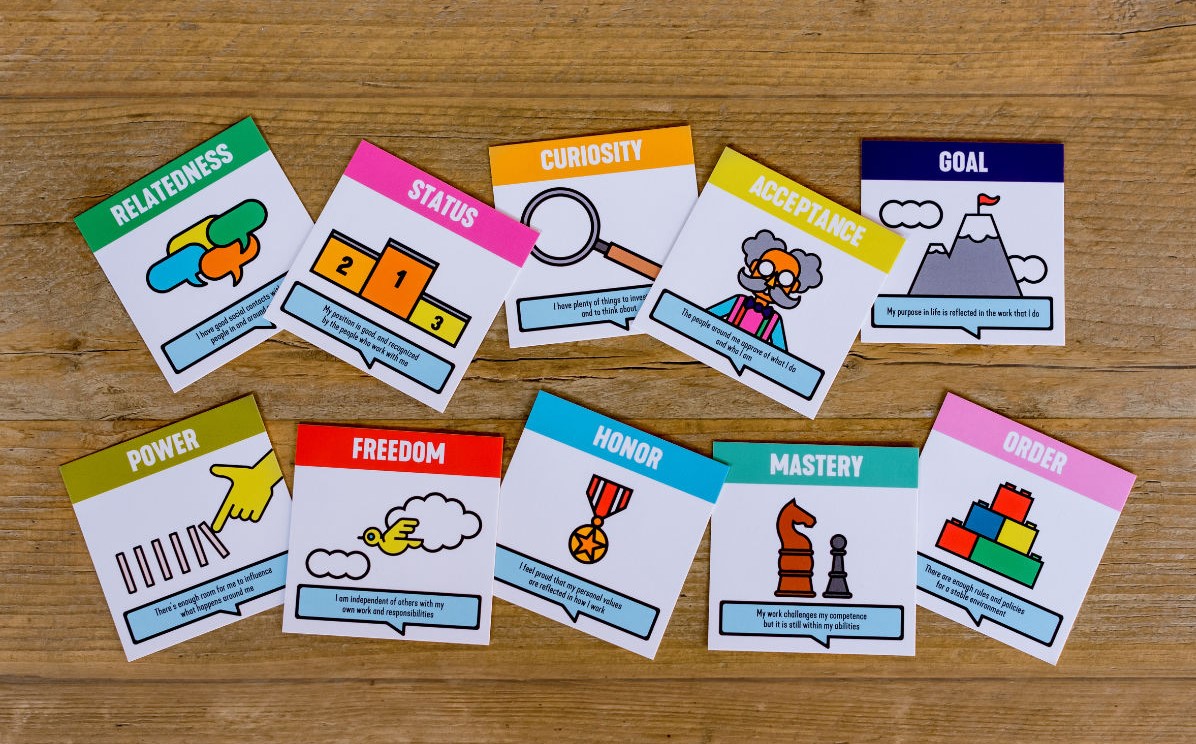
- Curiosity: I have a lot of things to explore and think about
- Honor: I feel proud that my personal values are reflected in how I work
- Acceptance: People around me accept what I do and who I am
- Mastery: My work challenges me but is still within my capabilities
- Influence: I influence what happens around me
- Freedom: I am independent in my work and responsibilities
- Relationships: I have good social connections with the people I work with
- Order: There are enough rules and processes in place to provide me with a stable work environment
- Purpose: My purpose in life is reflected in the work I do
- Status: my position at work is good and I feel appreciated by the people who work with me
How to use Moving Motivators? Here's how to do it:
- Preparation of cards: Each participant receives cards with ten Motivators.
- Priority classification: Participants arrange the cards according to their priority, placing them from left (most important) to right (least important).
- Discussion and reflection: After classification, each participant explains why they chose certain priorities and what these Motivators mean to them in the context of work.
- Group analysis: The group leader or moderator can use this information to understand what the main sources of motivation are in the team. This can help you tailor work and tasks to the individual needs of team members.
And why Moving Motivators? The name "Moving Motivators" emphasizes the dynamics and variability of motivation in the workplace. The order of Motivators for the same person may be different, depending on the situation he is currently in - it changes with the employee's new experiences or the special circumstances in which they find themselves. This "mobility" in the name of the tool is intended to remind the manager that it is necessary to constantly examine the factors affecting the motivation of his team and adapt to possible changes.
Moving Motivators offer numerous benefits to both teams and leaders:
- Better understanding of motivation: This tool enables you to comprehend what truly drives each team member. Such insight is pivotal in cultivating more fulfilling and effective workplaces.
- Work adjustments: By facilitating the adaptation of tasks and roles to individual preferences and motivations, Moving Motivators empower teams to optimize their workflow.
- Strengthening relationships: Building better relationships between team members is a natural outcome, as understanding others' motivations fosters more effective communication and cooperation.
- Effective team management: Moving Motivators simplify team management by allowing leaders to customize their approach based on the motivation of each team member.
- Enhanced motivation and commitment: By increasing the motivation and commitment of team members, Moving Motivators positively impact performance and job satisfaction.
Moving Motivators are also available in a version for remote work as a template in Miro.
Summary
These three tools: Delegation Poker, Personal Map and Moving Motivators are just examples of the techniques available in Management 3.0. Each of them can be tailored to the specific needs and context of the organization. They can also be freely changed or customized to suit you and your team. If you want to learn more about Management 3.0 and learn about the tools and techniques used in this area, please visit a series of my training courses addressed to managers and agile leaders.


